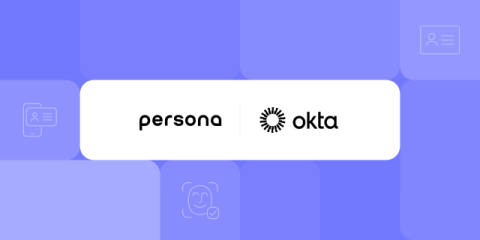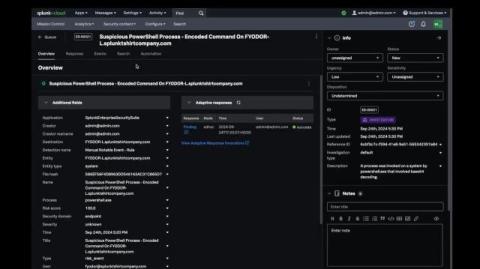How building Cloudflare with Cloudflare helps developers (with Celso Martinho)
Celso Martinho is a Senior Director of Engineering at Cloudflare. He works across multiple teams from Radar to Workers AI in our new Cloudflare Lisbon offices. In this conversation, host João Tomé and Celso discuss the rapid growth of Cloudflare Workers, simplifying life for developers, and the importance of observability in AI. Celso also dives into how the challenges for developers have changed since the 1990s tech era and why he believes the Internet is still in its infancy.











